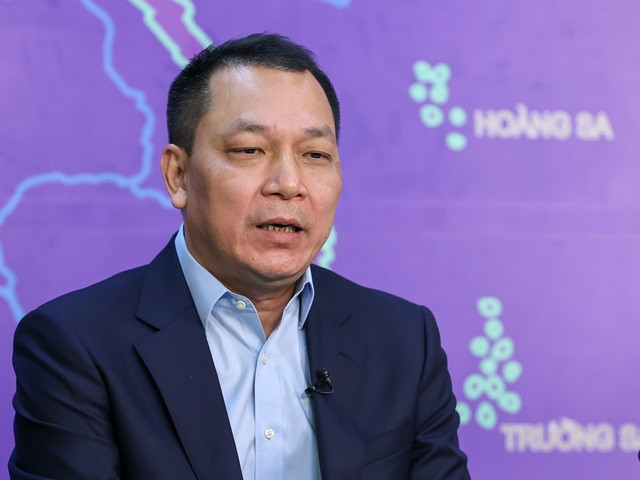
Dung provided the information at a workshop on handling loss-making projects held on April 5, 2022.
According to Ho Sy Hung, Vice Chairman of the Committee for the Management of State Capital at Enterprises, there are no more problems in policies and mechanisms. For problems that can’t be improved because the products don’t have markets, or cannot compete with imports, the solutions are financial settlement, capital restructuring,or bankruptcy declaration.
Deputy Minister of Industry and Trade Dang Hoang An said the revival of the projects is the result of instructions of the Party and State’s leaders at the highest levels. No other group of projects have been reported twice to the Politburo, except for the 12 projects. The 14th National Assembly released Resolution 33 on the issue in 2016.
When dealing with loss-making projects, the previous and current Government has organized 20 meetings, while the Ministries of Industry and Trade (MOIT), Finance (MOF), Planning and Investment (MPI) and Justice (MOJ) have been closely following every work.
“We have never seen such close, regular and continuous direction,” he said.
According to An, the problems related to policies and mechanisms have been removed, which creates a foundation for the Government to report to the Politburo on the handling of projects. Some projects have escaped from the ‘black list’ of loss-making projects and have begun making profit.
Revival
Nguyen Hung Dung from PetroVietnam, the national oil and gas group, said there are two projects on the list, including Dung Quat shipbuilding and biological fuel in the central region.
To completely handle all these projects, PetroVietnam proposes a number of solutions.
Regarding the Dung Quat Oil Refinery, the depreciation of work items which have been completed and put into operation will be shown in the financial report. The investment items with overly high investments will be transferred or financially settled.
For the Dung Quat fuel plant, PetroVietnam plans to sell or transfer to banks because this is not the company’s major business field.
Nguyen Huu Tu from Vietnam Chemicals, said the group has four projects in the list, including two urea fertilizer production projects with total capacity of 1.06 million tons, and two DAP fertilizer projects with total capacity of 660,000 tons.
The group has been closely following the direction of the Government and applying solutions to remove difficulties, and restore production and business.
It has cut costs in some unnecessary phases to optimize production. Also, it has applied information technology to streamline the production process and reduce the labor force. The number of workers has been cut to 1,290 from 2,000.
He said that the chemicals group wanted to create high-quality products at reasonable prices for farmers. Agencies have reported turnover of $48.6 billion worth of farm exports and the fertilizer industry has contributed to success. Meanwhile, the high number of exports of farm produce serves as a premise for the fertilizer industry to develop.
The projects were revived in 2021. DAP Hai Phong could satisfy the requirements to get off the list of 12 loss-making projects.
Meanwhile, Ha Bac Fertilizer project has begun making profit after five years of operation. Ninh Binh Fertilizer and DAP No2 Lao Cai have stopped losses of trillions of dong.
5 projects excluded from black list
DAP-1 Hai Phong belonging to Vietnam Chemicals Group is one of the five projects. Its problems have been settled and it has begun making a profit.
The remaining four projects belong to PetroVietnam, including Phu Tho biofuel factory; Binh Phuoc biofuel factory; Dung Quat biofuel factory; and Dinh Vu Polyester fiber factory. There are no longer problems with mechanisms and policies under the authority of state agencies.
Thu Hang